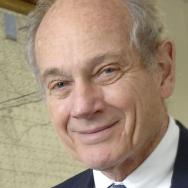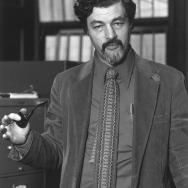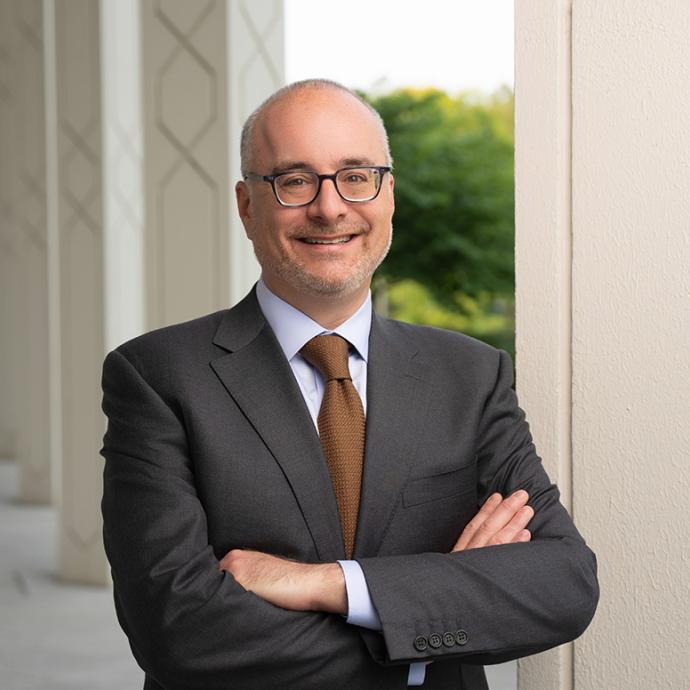Prof. Emeritus Hellmut Fritzsche spent his career exploring semiconductors—materials that are the foundation of modern electronics. In particular, the experimental physicist became one of the world’s foremost experts on amorphous semiconductors, working with inventor Stan Ovshinsky to turn these materials into technology that would define the late 20th century—TV displays, computer memory and solar panels.
A member of the UChicago faculty for nearly 40 years and a former chairman of the Department of Physics, Fritzsche died June 17 at age 91. Colleagues remembered Fritzsche’s passion and energy, his intellectual generosity and his inventiveness in the laboratory.
“He was a very clever experimentalist. He took enormous pride in being able to solve experimental problems ingeniously,” said Thomas Rosenbaum, president of California Institute of Technology and a former colleague in UChicago’s Department of Physics. “You’d go to his lab and see things he built which were very simple but could do very complicated measurements. He had that touch.”
The Louis Block Professor Emeritus in Physics, Fritzsche was recruited to UChicago in 1957 after fixing the car of a stranded motorist who turned out to be with the UChicago physics faculty, said Morrel Cohen, a distinguished scientist at Rutgers University and senior chemist at Princeton University who worked with Fritzsche at UChicago for more than 20 years.
Early in his career, Fritzsche was recommended by Nobel-winning physicist John Bardeen to serve as his stand-in to investigate the claims of then-unknown inventor Ovshinsky, who claimed to have discovered useful electronic effects in materials with very disordered structures. Until then, it was thought such effects needed a rigid crystalline structure.
When the professor went to investigate, “he simply kicked Stan out of the laboratory and told him he would experiment with the materials on his own,” Cohen said. “When Hellmut finally came out, he said, ‘It’s real.’”
The finding would be one of the top physics discoveries of the decade, and because amorphous semiconductors are much easier to manufacture in wide-area formats than crystalline versions, they would point a way to a number of technologies, from solar cells to flat-screen displays. (“TV May Become Glass Sheet on Wall,” predicted a short 1968 article in the Milwaukee Journal in which Fritzsche was quoted.)
Fritzsche worked with the inventor to scientifically explain the behavior, and served as a consultant for Ovshinsky’s company Energy Conversion Devices as it expanded into solar cells, memory and electronics.
“He did an outstanding job of sorting out the physics that was going on in these semiconductors, which was important technologically but also to our deeper fundamental understanding of condensed matter physics,” Cohen said.












 —Prof. Kunle Odunsi
—Prof. Kunle Odunsi
